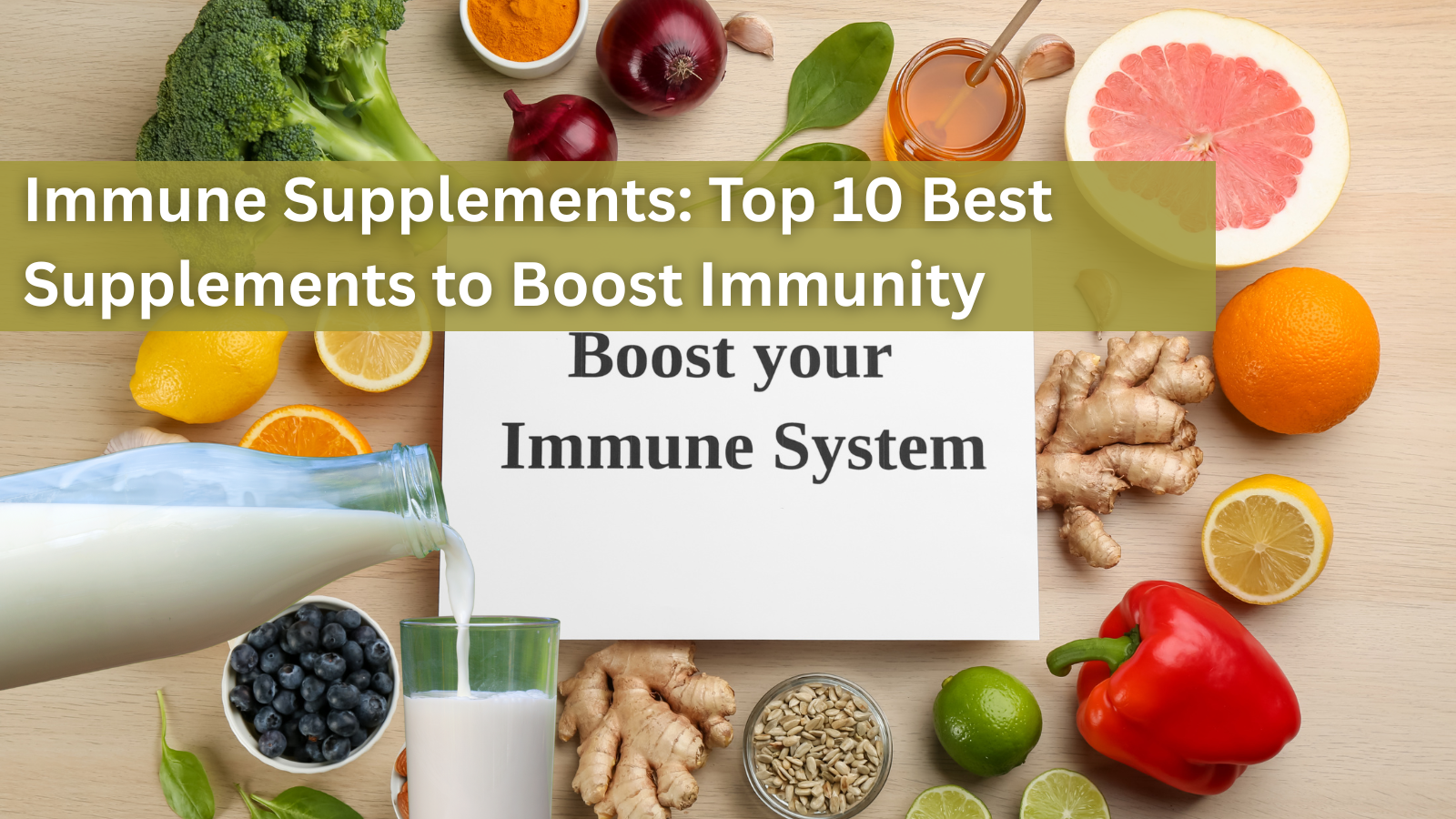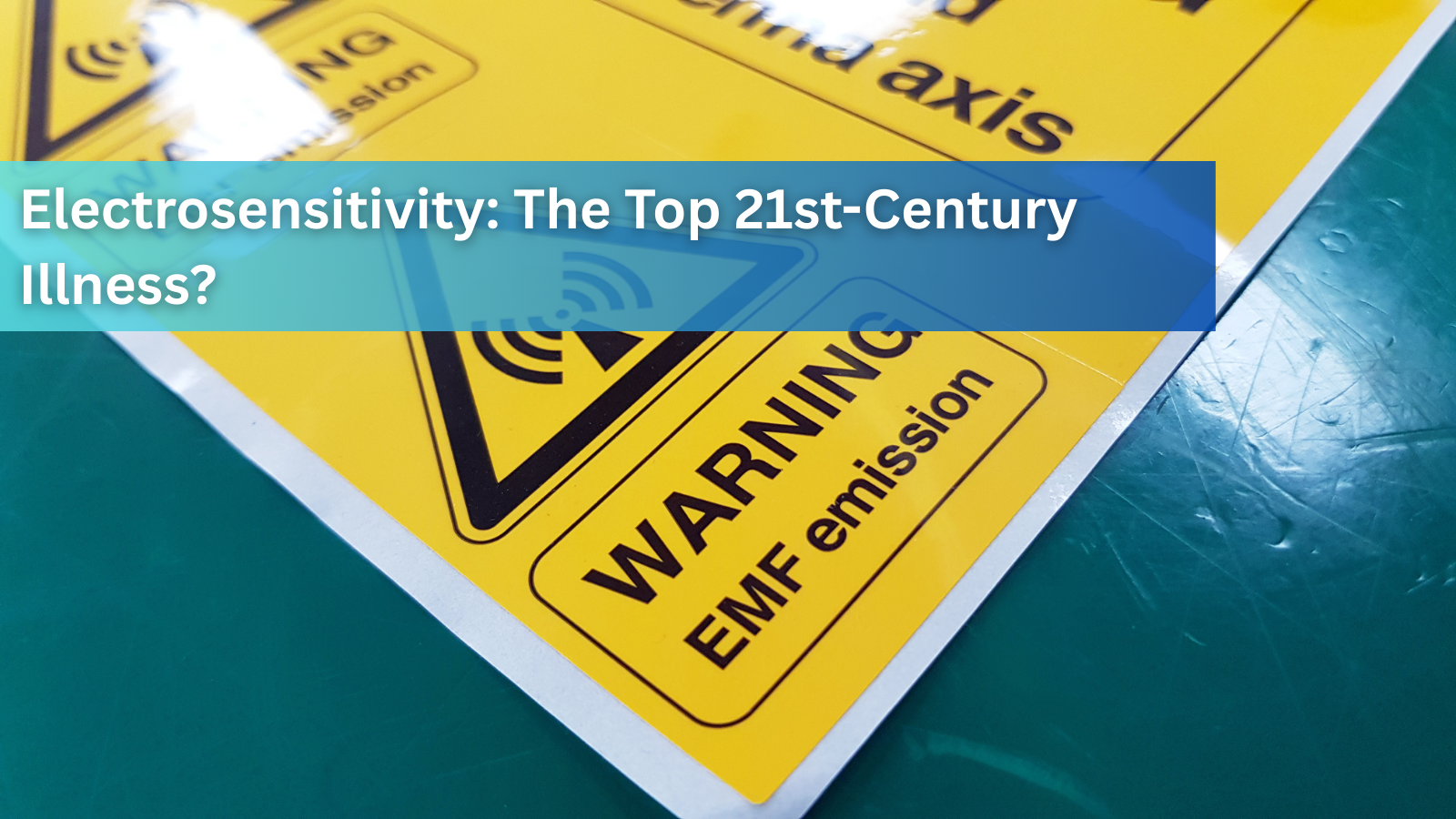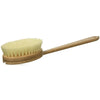New Research Shows Aerobic Exercise Can Help Relieve PMS Symptoms

Premenstrual Syndrome (PMS) can feel overwhelming, with symptoms ranging from headaches and bloating to mood swings and cravings. While there’s no “one-size-fits-all” cure, research consistently shows that aerobic exercise can be a powerful way to ease both physical and psychological symptoms of PMS. Here’s how getting your heart rate up can bring lasting relief.
What Is PMS?
PMS refers to a mix of symptoms women experience in the days leading up to their period. These can include:
- Headaches
- Nausea
- Bowel disturbances
- Abdominal bloating
- Menstrual cramps and backache
- Flushing
- Appetite changes and cravings
- Fatigue
- Anxiety, mood swings, sadness, depression
These symptoms often start after ovulation and fade once the period begins, typically linked to hormonal shifts during the menstrual cycle.
How Does Aerobic Exercise Help?
1. Balancing Hormones
Hormonal imbalance, particularly between estrogen and progesterone, plays a key role in PMS. During the premenstrual phase, estrogen tends to rise while progesterone remains too low to balance it. Elevated estrogen is linked with many PMS symptoms.
Aerobic exercise can help by:
- Reducing free estrogen levels. Regular activity increases the amount of sex hormone binding globulin (SHBG) in the blood, which binds excess estrogen and lowers its effect in the body.
- Supporting overall hormone metabolism, as shown by studies prescribing 150 minutes of moderate to vigorous aerobic exercise per week, which led to significant improvements in hormone balance and menstrual symptoms.
2. Boosting Beta-Endorphins for Pain Relief
PMS is often accompanied by reduced beta-endorphin levels, which are “feel-good” chemicals that help manage pain and mood. Low beta-endorphins contribute to headaches, cramps, backache, anxiety, and even food cravings.
Aerobic exercise helps by:
- Naturally increasing the body’s beta-endorphin levels, which can relieve pain and reduce negative mood symptoms.
- Studies show moderate-intensity aerobic exercise can improve both emotional and physical symptoms in women with PMS.
3. Supporting Healthy Stress Response with Cortisol
Stress and PMS are deeply connected. Women with PMS often experience abnormal cortisol response, the hormone involved in managing your body’s stress circuit.
Exercise aids by:
- Raising cortisol levels temporarily after a workout (especially when exercising at 60% of your maximum oxygen uptake), triggering a healthy stress-reset mechanism in the body.
- Helping to restore balance in the hypothalamus and pituitary gland, leading to better overall stress management and fewer mood disturbances.
4. Reducing Psychological Symptoms
Because aerobic exercise supports both hormone health and healthy brain chemistry, it:
- Lowers stress, anxiety, depression, sadness, anger, and fatigue.
- Eases mood swings and increases feelings of well-being.
- Helps control appetite and cravings through better hormonal regulation.
Building an Exercise Routine for PMS Relief
If you’re looking to ease PMS symptoms, here are practical tips for incorporating aerobic activity:
- Frequency: Aim for at least 150 minutes of moderate to vigorous aerobic exercise (like brisk walking, cycling, or swimming) each week.
- Intensity: Moderate-intensity is best; you should feel your heart rate up but still be able to hold a conversation.
- Consistency: Try to exercise regularly throughout your cycle—not just when symptoms flare.
Always consult your healthcare provider before starting any new exercise plan, especially if you have underlying health conditions.
Herbal and Supplement Support for PMS Symptoms
Premenstrual Syndrome (PMS) affects many people each month, often bringing a mix of physical and emotional discomfort. While everyone’s experience varies, herbal remedies and dietary supplements can offer natural support for easing common PMS symptoms such as bloating, cramps, mood swings, and fatigue.
Chasteberry (Vitex agnus-castus)
Chasteberry is one of the most studied herbs for PMS relief. Research suggests it can help balance hormones by influencing prolactin levels, which may reduce symptoms like irritability, breast tenderness, and mood changes. It is usually taken as a tincture or capsule and is considered safe for most adults when used as directed.
Evening Primrose Oil
Rich in gamma-linolenic acid (GLA), evening primrose oil is valued for its anti-inflammatory properties. Some studies indicate it may help reduce breast pain, swelling, and emotional symptoms such as irritability. Consistent use over a few cycles is often recommended for best results.
Magnesium
Magnesium is an essential mineral linked to muscle and nerve function. Supplementing with magnesium can help alleviate bloating, headaches, and cramping associated with PMS. Many people with PMS have been found to be lower in magnesium, and adding a supplement or focusing on magnesium-rich foods may provide relief.
Calcium
Calcium levels tend to fluctuate during the menstrual cycle. Supplementing with calcium, or ensuring adequate dietary intake, has been shown to reduce fatigue, cravings, and depressive symptoms tied to PMS. Calcium-rich foods or a daily supplement can make a noticeable difference for many individuals.
Other Noteworthy Herbs
- Dong Quai: Frequently used in traditional Chinese medicine, dong quai may help regulate menstrual cycles and reduce cramping.
- Ginger: Known for its anti-inflammatory effects, ginger can ease nausea and reduce pain related to PMS when taken as a tea or in capsule form.
- St. John’s Wort: This herb is occasionally taken to address mild mood disturbances linked with PMS, though it should be used with caution and under guidance due to potential interactions with medications.

September 27, 2025
Immune Supplements: Top 10 Best Supplements to Boost Immunity
Are you looking for effective ways to enhance your body’s natural defense? Immune supplements have become popular choices to support the immune system booster function, especially in times of increased illness risk. With so many products...
Read more
September 27, 2025
Cell Phone and WiFi Safety: How to Prevent and Treat EMF Damage and Electrosensitivity
Electrohypersensitivity (EHS), often called electrosensitivity, has been a polarizing and increasingly relevant issue over the past decade and a half. Since the number of people identifying with these symptoms continues to grow exponent...
Read more
September 27, 2025
Raw Carrots: Nature’s Antibacterial & Antiseptic Food
For most of us, carrots are simply a crunchy snack or a source of vitamin A. But according to researcher Ray Peat, PhD, raw carrots offer something more unusual: they act as a kind of natural antiseptic inside the gut, helping to contro...
Read more




Leave a comment